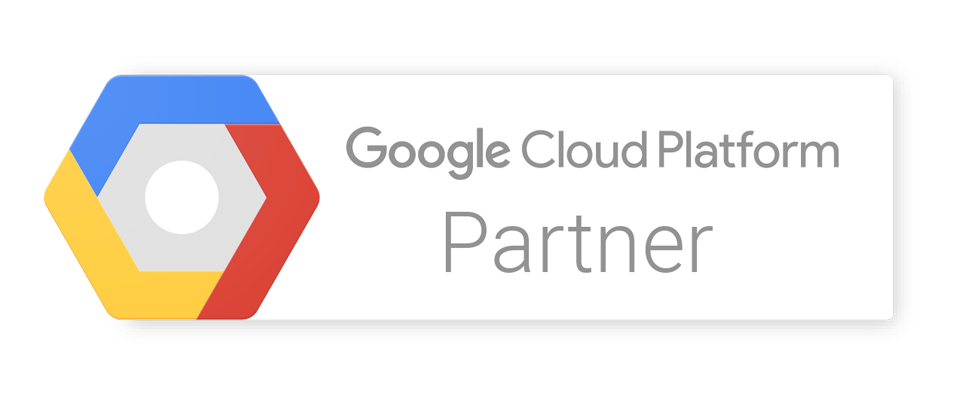To help your emails reach your recipients’ inboxes, set up email authentication for your custom domain. Adding authentication to the domain you use to send email can help you maintain and grow an engaged audience.
In this article, you’ll learn how to set up email authentication on your domain.
Before you start
Here are some things to know before you begin.
- This process is optional but recommended for Mailchimp users with domains registered and managed outside of Mailchimp.
- Before you authenticate, you’ll need to verify your domain so we can be sure you have permission to send email from it.
- Authentication can only be added to domains you or your business own and control. Email addresses at public email services like Gmail, Yahoo, and AOL aren’t able to be authenticated through Mailchimp. Learn more about the limitations of free email addresses.
- You will not need to add email authentication for domains purchased in Mailchimp. Those settings are enabled by default.
How it works
Inbox Service Providers (ISPs) like Gmail, Yahoo, Hotmail and many others want to make sure that email sent to their users is legitimate. There are security processes and protocols ISPs use to help filter malicious users and spam. To learn more about domain authentication, check out our guide.
About Email Domain Authentication
To authenticate your domain, you’ll need to copy and paste information from Mailchimp into your domain’s records. We recommend that you work with two browser windows or tabs to easily move between the Mailchimp website and your domain’s records. We’ll guide you step by step through the process of finding and adding a CNAME record based on your provider.
Copy and paste authentication information
After your email domain is verified, you’ll copy some important pieces of information from your Mailchimp account into your domain’s CNAME records.
Depending on your domain provider or management software, the steps and information you need to create your records with may vary. We’ll provide you with customized instructions based on the service you use, and if your service isn’t listed, you can choose a generic set of steps to guide you through.
Note
- We recommend that you access your domain records before you begin the authentication process. You will need to log into your domain provider or web host’s website, or use website management software like cPanel, Plesk, or WHM.
- If you do not know where your domain is managed, reach out to the person or team that manages your website or email address for help.
To find instructions and the authentication information for your domain, follow these steps.
- Click Website.

- Click Domains.

- Click Start Authentication next to the verified email domain you want to work with.

- Choose your domain provider from the dropdown and click Next.

If your service or software is not listed, choose Other. - In a separate browser window or tab, navigate to your domain provider’s website and find your domain’s records. Depending on your service, we’ll provide guidance on where to find them.
- After you find your domain’s records, navigate back to Mailchimp and click Next.

- Follow the instructions for creating new CNAME records. Copy the values for your new records and paste them into the appropriate fields for your domain.

These values will be customized for your domain and the service you are using. - When you’re done, click Next.

That’s all you’ll need to do. Great work!
Confirm Authentication
Your email domain will be authenticated as soon as Mailchimp can confirm your records are updated and correct. We’ll email you when the authentication process is complete, or if there are any issues we encounter with completing the process.
When authentication is successful, you’ll see the Authenticated label next to the domain on the Domains page in your account.

If authentication is not successful, you’ll see a message on the Domains Overview page in the Email Domains section that will provide guidance on what needs to be updated or changed to successfully complete this process.
Note
Mailchimp logs and stores your authentication when you set it up. If you make changes to CNAME records later, it could interfere with the information we have on file.
If you make changes to your domain’s CNAME records, disable authentication on the Domains page, and re-authenticate after your domain record changes are complete.
Edit DNS Records with Common Domain Providers
Here are some instructions for editing DNS records with popular domain providers. If your service isn’t listed here, log in to your provider’s site and search their help documents, or contact their customer support team.
Amazon Web Services: Configuring DNS, Resource Record Types
Bluehost Bluerock: Manage DNS Records
Bluehost Legacy: DNS Management
Dreamhost: DNS Overview
GoDaddy: Add a CNAME Record
Google Domains: DNS Basics
Hostgator: Manage DNS records
Hover: Edit DNS Record
IONOS: Configuring CNAME Records
Namecheap: SPF & DKIM
Squarespace: Advanced DNS Settings
Stablehost: How do I get to cpanel?
WordPress: Adding Custom DNS Records
Siteground: Create CNAME Records
Wix: Adding or updating CNAME Records
Troubleshooting
- My CNAME Record isn’t updating when I create the domain key.
Depending on the domain host you’re using, you may only need to type in part of a domain key. For example, if you enter “k2._domainkey.example.com” and “k2._domainkey.example.com.example.com” is created, update your CNAME record to only include “k2._domainkey”. - My records are all correct, but my domain won’t authenticate in Mailchimp.
If you’ve entered all records correctly and your authentication isn’t working right away, there typically isn’t a cause for concern. You may need to wait a bit longer (up to 48 hours) since it can take awhile for servers to recognize your changes.
If you still experience problems, reach out to your domain provider’s help site for tips on troubleshooting DNS records in their service.













